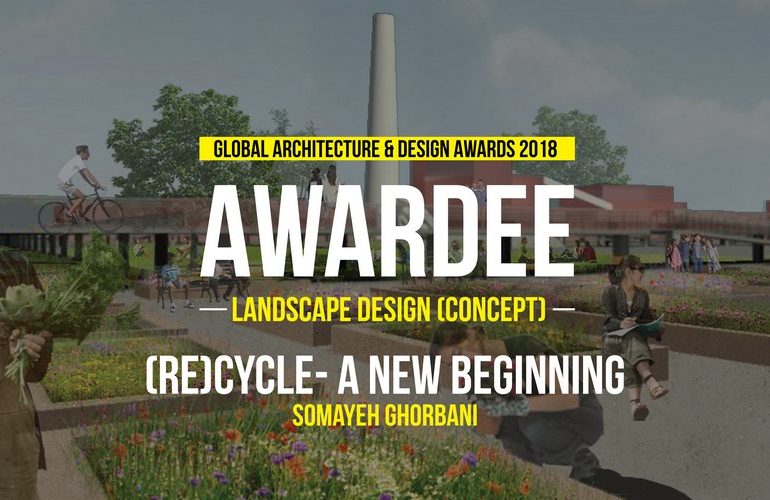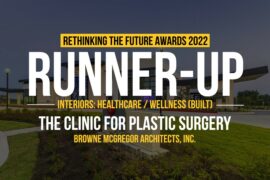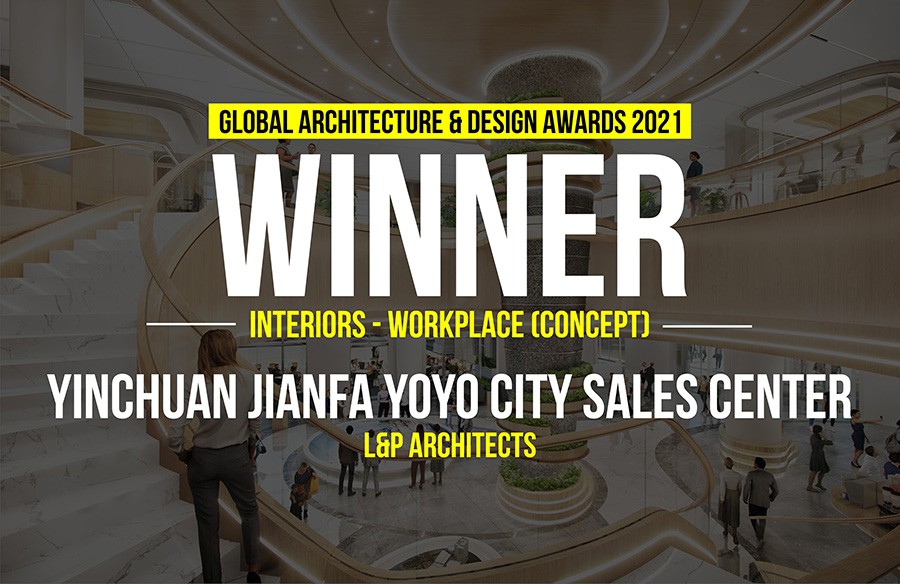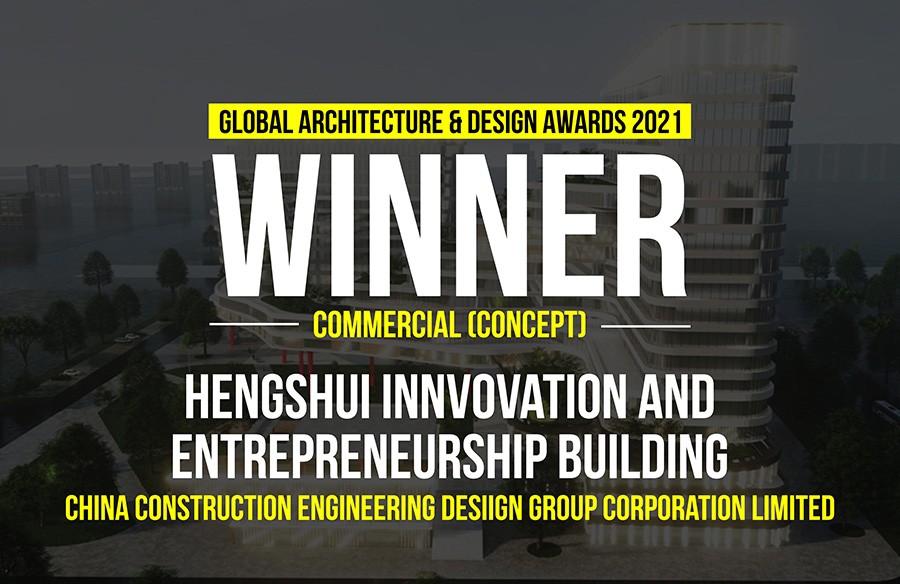This project explores phased phytoremediation for the highly contaminated Fisk Coal Power Plant, an abandoned brownfield in Chicago, and its transformation into a public park that will contribute to enhancing the quality of the urban environment, and provide a vibrant new cultural and recreational facility for the city. Preserving some of the existing buildings of the former power plant as a symbol of the industrial Chicago, the project incorporates a variety of cultural and educational programs with the intention of creating public awareness about questions of urban nature and environmental preservation. Altogether, once completed, this project can be an example to demonstrate that abandoned sites can be recovered to become a focal point to help their surrounding environment and communities in many ways. This project’s design strategies can be implemented at other abandoned and contaminated sites in the USA. Illinois is just one example of a state with a multitude of decommissioned coal power plants. Phytoremediation will be an indispensable tool for such large-scale issues as it is the cheapest and most efficient solution for recovering contaminated lands.
Global Architecture & Design Awards 2018
Second Award | Category: Landscape Design (Concept)
Architects: Somayeh Ghorbani
Country: United States

There are three strategies involved in this project that will help to revitalize and mitigate the site as well as reusing the existing buildings. These strategies include bio-mitigation (phytoremediation), program, and circulation strategies. These strategies turn the abandoned site into a natural environment that is more pleasant and active for the Pilsen community, at the same time boosts the quality of the environment and habitats. However, the project will be gradually implemented due to that fact that the site is contaminated and remediation takes several years to achieve. For this reason, remediation becomes the core of the design, and the project is developed gradually as decontamination of different locations within site become completed. In other words, the design integrates the process of decontamination with restoration to add new value (program) to the site.

The project begins with phytoremediation. Decontamination is a spatially variable process, having a more organic shape than circulation which takes the shape of a grid, outlining future programming. Over time, decontamination will expand programming opportunities within the grid. The site’s slightly elevated circulation above the contaminated site provides the opportunity for the site to become utilized by the public faster as it is used for cycling and walking.

Programs will initially take place within existing structures. These structures are going to be reused as a community environmental education center that offers a research spaces, conference rooms, labs, workshops, a library, and the Fisk coal power plant museum. Gradually, outdoor programs will be added to areas already decontaminated. Such outdoor programs will include plots where community members can carry out ecological experiments, play outdoor sports, enjoy open green spaces, garden, picnic on a tower. Providing an environmental education community center invites people to learn about the natural process of reviving environments contaminated by human activities. People will learn how important nature is and that it must be preserved.

If you’ve missed participating in this award, don’t worry. RTF’s next series of Awards for Excellence in Architecture & Design – is open for Registration.
Click Here








